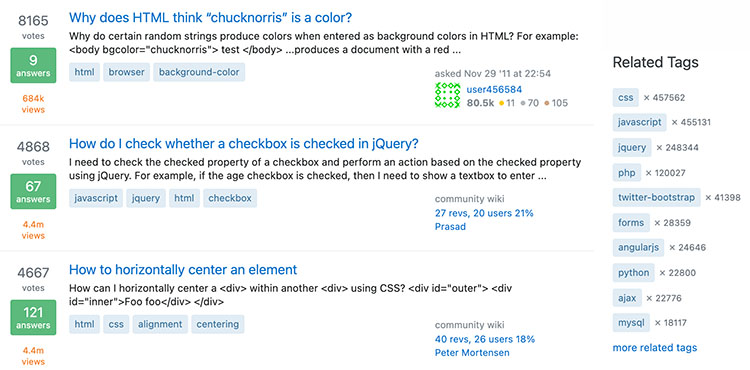Have you ever asked yourself that question? Many have, perhaps because they want to expand their business’s horizons with little expenditure, or even just want to have a go at something new. In this article, we’re going to take a look at the practicality of designing your own website and some of the key things you’ll need to think about.
Get learning
The explosion of cheap and free online courses means you can pick up knowledge at little or no cost. It can present some problems as there is so much choice, however, the best approach is to start with the basics, such as simple HTML and CSS. From there, if you want to achieve something in particular, simply do a search online and you’re almost guaranteed to find a video, blog or guide on how to do it. In fact, even professional web developers use this method for fixing problems and finding out new techniques.
Find some web hosting
You’ll need somewhere to store your website online. A web hosting provider can give you everything you need to get started; your domain name, your storage space, and email. Not to mention important security features, such as SSL certificates, and other handy tools like backups to make sure your website is safe if something goes wrong.
Web hosting is incredible value for money, with basic hosting packages costing no more than a cup of coffee per month. And if you need more storage space for your website files, or more bandwidth to cater for more traffic, you can simply upgrade your package. Essentially, your hosting package can evolve as your business grows, meaning you’re rarely paying for things you don’t need.
Start small and add over time
The quickest way to become frustrated during a self-build project is to try and achieve too much early on. For example, creating a bunch of pages and struggling with content to fill them. A better approach is to plan what you want to launch with and why. It could be that your initial website is only a single page. Later down the line, you can add more pages and content based on where you’re at with your business, hobby or idea. This incremental approach means you’re not overstretching yourself and allows you to test out new things on your website as you go, rather than lots of testing where it’s hard to find the root causes of problems.
Keep optimisation front of mind
Although superfast broadband is commonplace in many homes, having a website that has massive image files to download and complicated code to decipher will quickly put the brakes on when loading your website. Using the example of images, consider the dimensions you want to use and resize the image accordingly. This will cut download times and leave your website visitors happy because they can view your beautiful images straight away.
When to speak to a web developer
There will come a point at which you can’t achieve what you want for your website, or you simply don’t have enough time to work on it because (hopefully) your website is doing its job! It’s at this point that it could be worth speaking to a web developer. They can assist you with optimising your current website, launching new features, and generally keeping it in good working order.
Some food for thought, but these key things will stand you in good stead to begin planning your own website project. If you’re short of time, it’s probably best to employ the services of a professional. But, if you can dedicate some time every week, there’s no reason why you can’t pick up some skills, start creating your own ideas and look at launching a simple website.
What’s the thing you need help with most for your website project? Join the conversation on Twitter, Facebook or LinkedIn.





